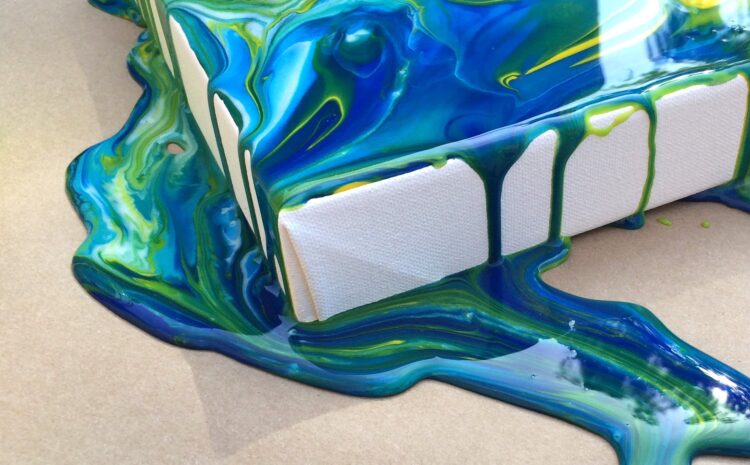The indisputable fact that life and fact arose from fluids, in fact, seems popular in the world’s different values, from Historical Egyptian urban myths to modern Judeo-Christian stories of creation. While choose artists throughout history have discovered great motivation in fluids, and while modern science has made considerable utilization of fluid dynamical ideas, almost all religions have respected fluid while the origin and basis of fact, as we know it.
Modern astronauts have played with fluid water in the weightlessness of outer space. Contemporary artists have enjoyed water paints in the minimal-gravity problems of parabolic aircraft flights. Don Petit is one astronaut, and Frank Pietronigro is one particular painter. Both metaphysics and science now revere liquid in each field’s possess unique way. Therefore, a special term, “fluidism”, looks justified to greatly help unify that popular, individual creative interest.
Somewhat, he was the phrase itself–both the material and the activity of the term, without any formal motives to be either. Pollock realized that spontaneous activities can end up in attractive patterns. His dried painted patterns were frozen echoes of his when liquid actions. Pollock, ergo, was an expansion of the effective flow of his plumped for substrate (i.e., paint). He can enroll residual styles of his measures in the initial color moderate, because these habits were stable while however wet. Pollock’s liquid styles dried in almost the exact same performances as their damp counterparts.
The introduction and advancement of photography has shown clearly that some substance designs can’t dried within their original substrates. These water styles possibly are too transient, or they’re damaged by drying. Quite simply, some successfully attractive moments of damp movement can not be preserved in the first substrates wherever they emerge. A bubble, like, pops. A splashing sheet of water easily movements from the air back into the mass from which it splashed. A specific collision or striation of water levels dissipates, ahead of the aspects of drying can also get hold to include those patterns. Clearly, the notion of “painting” extends beyond the substrate of the dried colored artifact.
Photography has shown that painting with pouring medium is, or may be, an activity wherever particular patterns can not be grabbed, unless an artist transcends the medium in which these habits originate. A photographic artist, therefore, may record an impact of a bubble before the bubble pops. A final artist can essentially freeze a traveling page of water before the sheet accidents back into its mom pool. A photographic artist may immobilize an especially interesting color collision or a particular striation of shaded fluid companies, before they dissolve in to homogeneous solution. Patterns once unseen due to the rate of particular measures now can be created apparent by the stop-action capability of the final artist’s camera. Images makes probable a type of action paintings that defy the traditional fixed classification of the phrase, “painting “.
Fluidism, then, has changed from numerous traditions that include influencing moist drinks and enabling these beverages to dry. Fluidism has evolved in to the present day pursuit of photographing controlled drinks while they are still wet. Usually, only dry remnants of stable damp styles were probable artifacts. Now virtual dry remnants (i.e., photographs) of ephemeral, impossible-to-dry patterns are possible. These are “transcendental action paintings”–profound extensions of the basic notion of “painting.”
